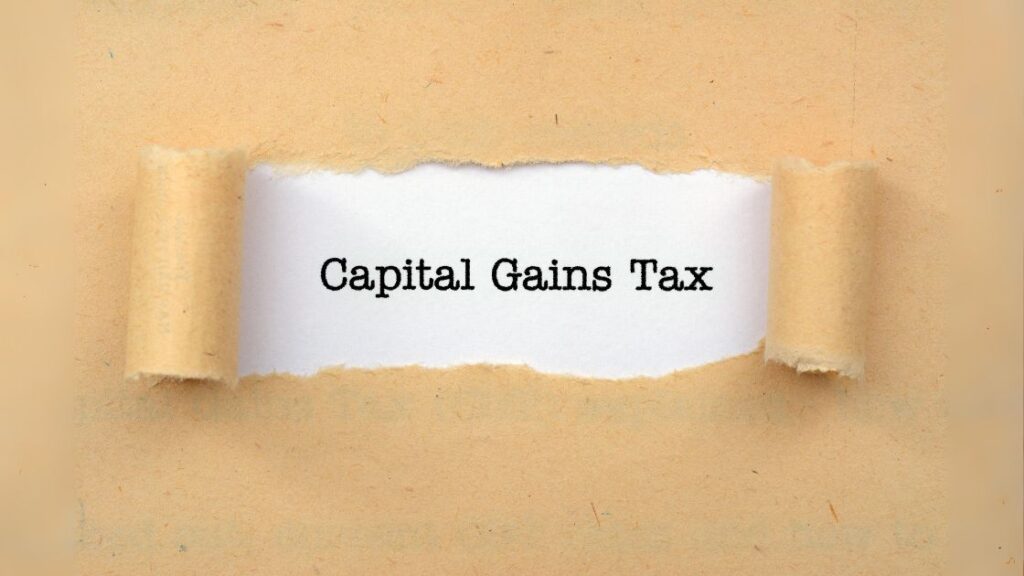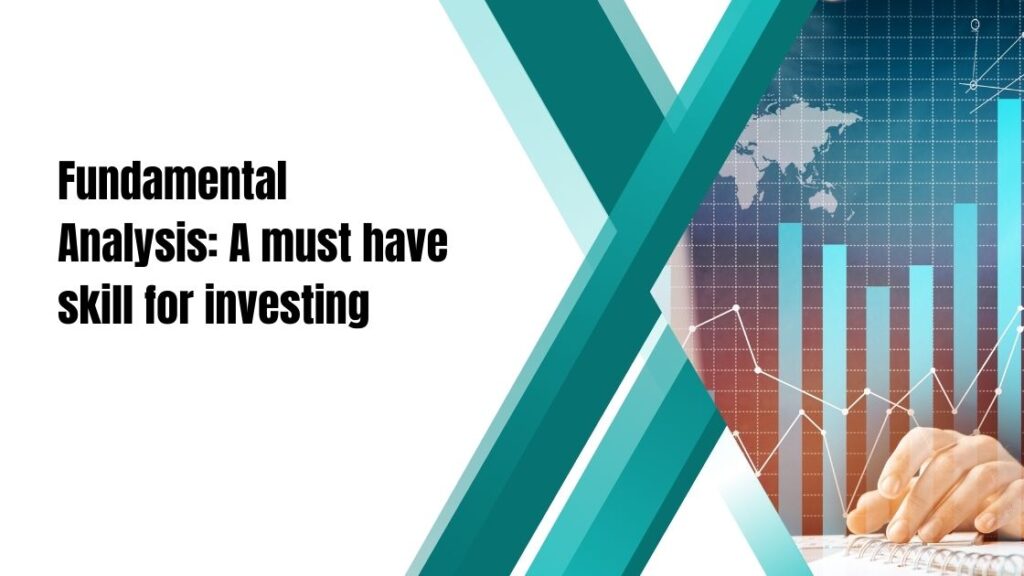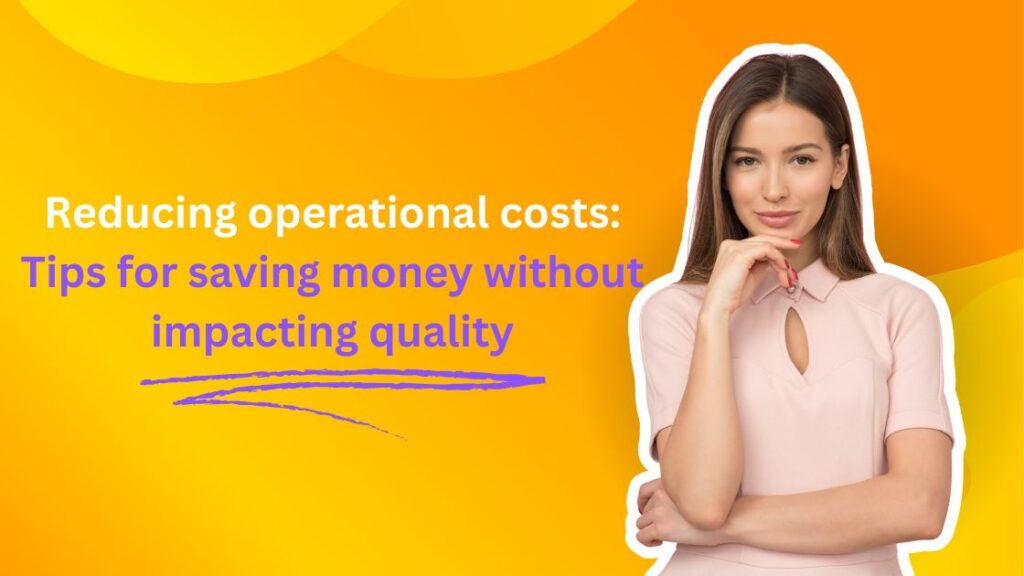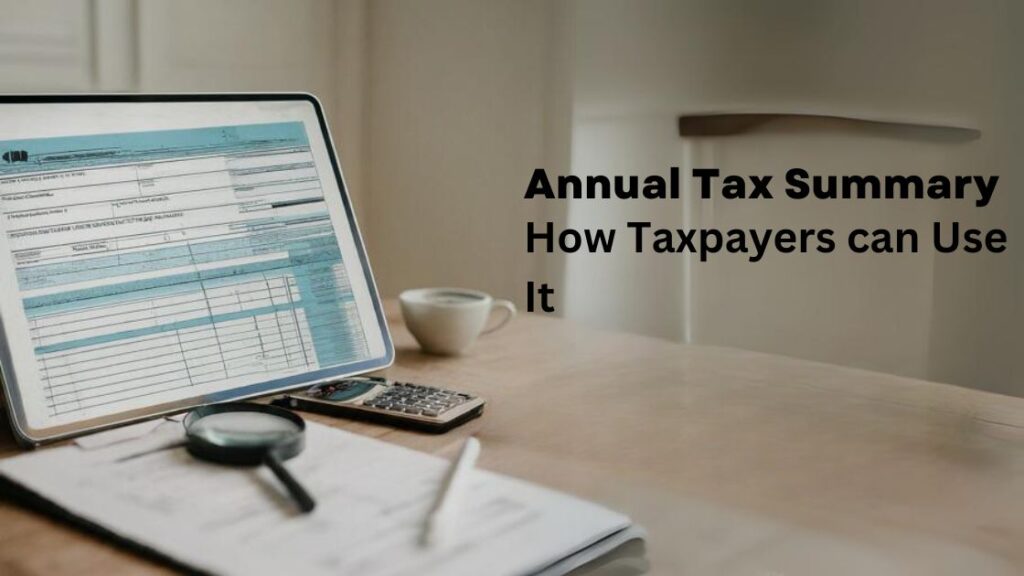Managing finance is one of the fundamental aspects of the business which not only ensures the sustainability of the business but also monitors whether the business is able to meet its important goal which is generating profit. Valuable insights regarding the efficiency of a business’ performance can be quickly and conveniently analysed by going through financial statements. Clear and thorough understanding of the financial statements like Cash Flow statement, Balance sheet, and Income statement not only provides information regarding business performance and financial needs but also ensures that informed decisions regarding finance and also makes sure that compliance and legal requirements are met regarding business operations. Hence ability to analyse financial statement is crucial to stay informed to make profitable and effective decisions and ensure that growth potential of the business is harnessed to maximum extent.
Balance Sheet
Balance sheet can be understood as a sheet which shows the assets owned by the company, liabilities that the business owes and the owner’s equity which is what is left when all the liabilities are paid off. Balance sheet is an excellent way of determining a company’s underlying financial health. It serves as a great source of information for making decisions regarding expansion which is when assets are more than liabilities and also serves as an alarm to raise profits when your liabilities are more than assets.
Balance sheets when maintained properly can provide data to calculate important financial ratios such as current ratio, quick ratio and debt- to- asset ratio which can provide quick glimpse of the state of business to the business owners and can help in decision making about various aspects of business.
Components of a Balance Sheet:
Assets: The space allocated on the left-hand side of a balance sheet is for the assets that a company owns or have created. The assets column includes cash in the accounts, inventory, hardware or equipment and the receivables that are to be obtained from the clients or customers. Intangibles like goodwill generated, the value of your brand or logo is also included in assets part of your balance sheet.
Liabilities: The right-hand side of your balance sheet is divided in to two parts and the top part is allocated to the liabilities which is nothing but detailed list of what the business is supposed to pay which can include the account payable which the business owes to the vendor’s, the debt obligations to the lenders or banks or the monthly salary obligations. Liabilities can be classified in to short-term liabilities (like account payable and short- term loans) and long-term liabilities (like mortgages, bond payable and long- term loans).
Owner’s Equity: Owner’s equity or Shareholder’s equity is placed right below the liabilities column it refers to what is left after every liability of company is paid. In small businesses owner is usually the sole shareholder.
Why It’s Important:
Financial Health: Balance Sheets are reviewed and analysed to monitor financial health of a company. Comparison between assets and liabilities gives a clear picture about liquidity and solvency of a business.
Decision Making: Balance sheets are analysed for the making the strategic decisions like expansion, investment, mergers and selling. Balance sheets provides information of balance between assets and liabilities over a certain period of times and the shift in this balance helps in making the strategic decisions regarding the business.
Financing: Balance sheets are crucial in assessing the risk and potential return on investment for the investors. If a business has created more assets greater is the return on investment and lower is the risk in lending money to the business.
Interpreting the Balance Sheet:
- Current Ratio: Current ratio of a business can be calculated by using the current assets and current liabilities from balance sheet for a business. Current ratio is simply the ratio of current assets to the current liabilities. It tells about a company’s ability to pay short term debt. If the value of current ratio is lower than one than the risk of default is higher. A value greater than one usually indicates good short term financial health of a company. However, if the value of current ratio is way above one it indicates that the assets are not being properly used by the company.
- Total Debt to Total Asset Ratio: This ratio serves as a metric to determine a company’s degree of leverage and solvency. As the name suggests this ratio is simply the ratio of total debt to total assets owned by the company. Higher the ratio higher is the risk for investors and lenders to invest in the business. For an example if the Total debt to asset ratio of a company is 30% it means that the 30 percent assets of the company are financed by the creditors and 70 % assets are financed by the stakeholders. Usually, ratio of 30 to 50 percent is considered to be a good Total debt to asset ratio.
- Quick Ratio: Quick ratio is measure of capacity of a business to pay off its short-term obligations using most liquid assets like accounts receivables, cash, market securities and cash equivalents. It is calculated by dividing the company’s most liquid assets excluding inventory or assets which ca not be easily liquified to generate cash by the total current liabilities. High value of quick ratio indicates better liquidity and financial health. However, a lower quick ratio means that company may struggle in paying off the liabilities and might have to sell the inventory and assets to pay off debts.
- Debt to Equity Ratio: This ratio is also considered as a gearing ratio as it indicates the percentage of debt a company is using to finance its operational activities rather than their own capital or resources. It is simply calculated by dividing company’s total liabilities by the shareholder’s equity. Although some amount of debt leveraging is considered good for running a business but when ratio of debt exceeds a safe value the business is considered risky by the investors and lenders to invest. A high value of debt-to-equity ratio means that the company heavily relies on the financing and hence is considered a risky venture by the creditors. This ratio can be observed over to assess the change of company’s reliance on debt.
Understanding balance sheets is a mandatory skill for people owning a business or thinking about starting a business. Businesses are run to make money and without understanding the flow of money and management of this flow of money it can become extremely tough to financially manage a business. Balance sheet provides complete information about the money which is used to create assets and the money which the business owes to the creditors, suppliers, employees etc. Analysis of various aspects like liquidity, sustainability, solvency of a business can be easily made by maintaining a balance sheet and reviewing it periodically. It is a common saying that probability of success of a business depends majorly on the ability of its owner to manage finances efficiently.


















